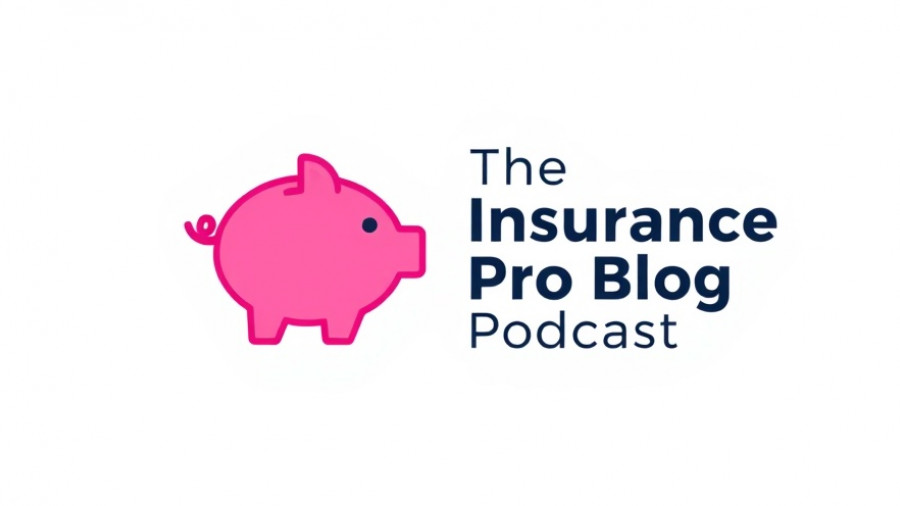
Understanding Whole Life Insurance in 2025
As we step into 2025, the landscape of whole life insurance remains complex yet essential for families, professionals, and financial advisors alike. Whole life insurance not only provides coverage but also serves as a foundational pillar in many financial strategies aimed at asset protection and generational wealth accumulation. In this review, we dissect the offerings from major players in the participating whole life insurance market, such as Guardian, MassMutual, Northwestern Mutual, and New York Life, revealing what makes each provider unique.
Why Your Choice of Life Insurance Company Matters
When selecting a whole life insurance company, it is vital to understand that not all policies are created equal. Companies like Penn Mutual may excel in cash value growth, while others might focus mainly on providing affordable permanent death benefits. It's not merely about finding the "best" company; rather, it's about finding the company that aligns with your particular goals. An effective insurance planning strategy hinges on your specific financial objectives, be they boosting cash accumulation or securing a safety net for loved ones.
Key Factors Influencing Your Decision
The choice of company should also involve a careful examination of product features. Some insurance carriers, through their unique product designs, offer advantages over others that can significantly impact your financial outcomes. As such, choosing a company with a reputation for transparency and support can greatly enhance your experience. Moreover, working with an experienced agent can help navigate the intricacies of these options, ensuring you're equipped with comprehensive insights tailored to your financial position.
Trends Shaping the Future of Whole Life Insurance
The ongoing evolution in the insurance marketplace requires a forward-thinking perspective. We observe a shift where technology integrates with finance, leading to more personalized insurance products. Insurers are leveraging data analytics to offer solutions that cater distinctly to the needs of their clientele. This trend promotes innovative strategies – aligning with a more consumer-centric approach that emphasizes flexibility and growth potential in life insurance.
Emphasizing the Importance of Expertise
Having a knowledgeable agent by your side cannot be overstated. The differences in company methodologies mean that a one-size-fits-all approach is often ineffective. For instance, while one agent might prioritize cash growth strategies, another might guide you toward securing death benefits that fit your family’s immediate needs. Your personal story, along with your financial goals, plays a crucial role in guiding you through these intricate decisions.
Ultimately, the wisdom lies not in finding the perfect insurance solution but in identifying the strategy that complements your financial goals. So, whether you're aiming for asset protection or to build wealth for future generations, understanding the nuances of whole life insurance can empower your decision-making process.
Get Started on Your Insurance Planning Journey
Ready to explore your whole life insurance options? Connect with us today to discuss which company and product design may be best suited to your individual needs and aspirations. Don’t let indecision hold you back; secure your family’s future and create a lasting legacy with informed decisions now.
 Add Row
Add Row  Add
Add 




Write A Comment